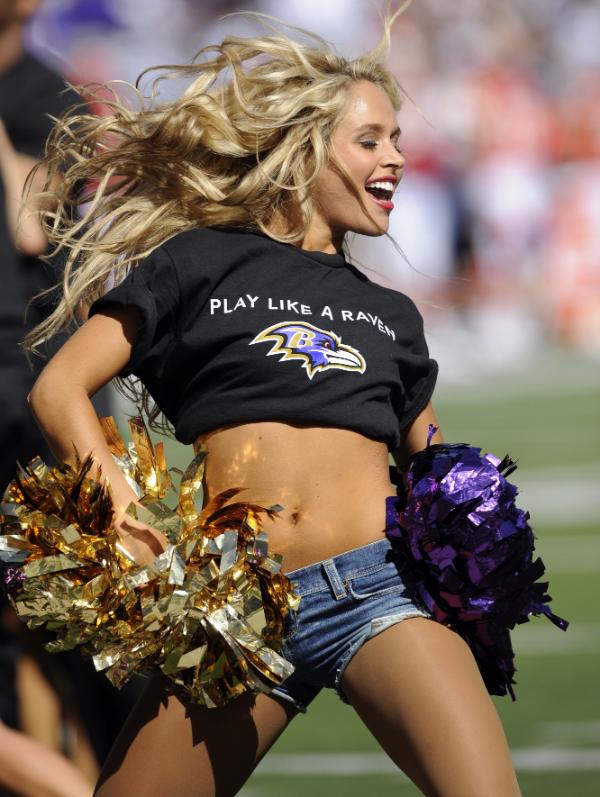Learn How to Bet on Baseball with these Baseball Bettin Tutorials
Learn everything there is to know about betting on baseball with these helpful betting tutorials from our baseball handicappers. Whether you are betting with a Bookie PPH or at a physical sportsbooks, these tips and strategies will help increase your baseball gambling profits.
Whether you are betting on the MLB or any other baseball leagues, these baseball betting tutorials will help!
Improve Your Baseball Betting Profits with these Baseball Betting Tutorials
Expert Strategies for Betting on Baseball
 As we soon approach the second half the MLB season, the baseball betting action is getting more exciting. This is because pretenders are last in the ranking while the leaderboard is starting to take shape. In-between, we have teams that still have a chance to make the playoffs making it much more fun to watch. However, as the action intensifies, it makes it much more difficult to predict some of the baseball games. Therefore, we bring you our Expert Strategies for Betting on Baseball where we deal with Sabermetrics to Evaluate Pitchers.
As we soon approach the second half the MLB season, the baseball betting action is getting more exciting. This is because pretenders are last in the ranking while the leaderboard is starting to take shape. In-between, we have teams that still have a chance to make the playoffs making it much more fun to watch. However, as the action intensifies, it makes it much more difficult to predict some of the baseball games. Therefore, we bring you our Expert Strategies for Betting on Baseball where we deal with Sabermetrics to Evaluate Pitchers.
What are Sabermetrics? - Sabermetrics, also known as SABRmetrics or colloquially as moneyball, is the empirical analysis of baseball through statistical measures of in-game activity. Researchers in this field gather and condense data to address particular inquiries. The term originates from the abbreviation SABR, representing the Society for American Baseball Research established in 1971. Bill James, a key figure in the development of sabermetrics, is credited with coining the term and is widely recognized as a leading proponent and spokesperson for this analytical approach.
In the old days, sports handicappers would use only use a pitcher’s win/loss ratio and ERA to evaluate them. Afterwards, they would evaluate the batting lineup thru a batter’s average and runs. While this method is still valid, it is not as accurate since baseball statistics today are more complex and accurate.
According to Pay Per Head companies, today, most people judge pitchers by their WHIP and their FIP. While it is more accurate, it is not enough when you bet on baseball and risking money. Therefore, expert baseball bettors use it in conjunction with Sabermetrics to improve their baseball wagering predictions.
Using FIP to Win More Baseball Wagers
 Winning more baseball wagers might be easier than you think. There is a wealth of data available for baseball bettors. In addition to the traditional statistics, there is a whole other set of data available. These advanced analytics include a measurement called FIP or Field Independent Pitching. In this post, we identify FIP and how bettors can use it to win more bets.
Winning more baseball wagers might be easier than you think. There is a wealth of data available for baseball bettors. In addition to the traditional statistics, there is a whole other set of data available. These advanced analytics include a measurement called FIP or Field Independent Pitching. In this post, we identify FIP and how bettors can use it to win more bets.
Key Points
– Understanding the difference between ERA and FIP can help you win more baseball wagers.
– FIP is just one of many metrics bettors can use to handicap baseball games.
What Is FIP?
FIP was developed by Voros McCracken to distinguish between the aspects of a game that a pitcher can control and those that he can’t. FIP aids in predicting each pitcher's likely future performances when it comes to betting. It's useful for determining pitchers who are probably overvalued by more conventional metrics.
A pitcher may have a respectable 2.79 ERA, but his FIP is 4.34. This suggests that he has been getting lucky. It is likely that pitcher will see an increase in his earned runs in his next few games.
Using WAR for Baseball Betting
 Baseball betting can be enhanced using WAR statistics.
Baseball betting can be enhanced using WAR statistics.
Key Points
– There are certain situations where using WAR in baseball betting makes sense.
– In some cases, stats other than WAR are best for baseball betting,
Using WAR for Baseball Betting
WAR, also referred to as wins above replacement, is the most recent statistic at the center of baseball betting.
In order to use it, you’ll have to know how to calculate it as well as interpret. With that knowledge, you will be able to take advantage of it and wage “WAR” on your online sportsbooks. It’s like using metrics in finding the perfect MMA underdog.
What Is WAR
WAR is an advanced baseball player statistic that attempts to capture the totality of each player’s contributions to a team. The WAR value of each player calculates how many wins they contribute to the team over the course of the season in comparison to a replacement player.
MLB Run Line Betting: An Explanation for Bookies & Their Players
 Most bettors are familiar with the concept of a point spread in the NFL. Each score on offense is a minimum of three or a maximum of seven. Therefore, offering odds on whether a team can cover a certain amount of points is more enticing - and, in some cases, more lucrative - than simply to win.
Most bettors are familiar with the concept of a point spread in the NFL. Each score on offense is a minimum of three or a maximum of seven. Therefore, offering odds on whether a team can cover a certain amount of points is more enticing - and, in some cases, more lucrative - than simply to win.
Major League Baseball is different. Every score counts for one run, making the moneyline a more traditional aspect of betting on baseball. However, there is spread sportsbook betting in baseball. It's called the runline.
What Are MLB Run Lines?
An MLB runline is a 1.5-point spread in baseball. The favorite has to win by two or more runs in order to cover the -1.5 spread. Conversely, the underdog can lose by up to one run to beat the +1.5 spread.
MLB Betting Tips: Team Offense
 Last week we discussed some MLB Betting Tips related to starting pitching. This week, we’ll dive into some MLB Betting Tips related to team offense.
Last week we discussed some MLB Betting Tips related to starting pitching. This week, we’ll dive into some MLB Betting Tips related to team offense.
Pitching is rightfully the most accepted starting point for handicapping baseball games, but it can’t be the only factor to consider when deciding which teams to back. Teams need to score – not just hold the other team down – in order to win.
As of this writing, there are eleven teams that are hitting under .250 as a club, and those teams have to be weighted as such regardless of who is the opposing pitcher.
The Mariners, Mets, and White Sox make up the bottom three teams in terms of team batting average, and when they send their ace to the mound it’s often a good time to fade them at a great price.











































